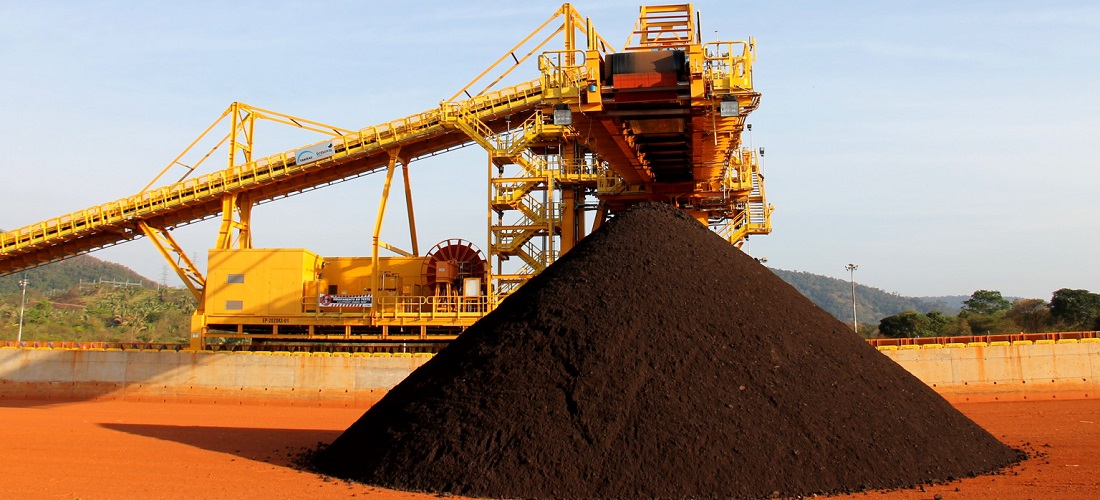
Iron ore exports to drive trade balance in 2021
Jan, 11, 2021 Posted by Ruth HollardWeek 202102
The Brazilian trade balance of 2021 should benefit from the increase in iron ore prices, which should also increase the profitability of the commodity exporters and make products derived from ore more expensive. The high price is motivated by a drop in supply caused by the pandemic and demand that has not stopped growing. The commodity is currently priced at US$ 170 per ton. In February last year, it was $ 78 a ton.
Data from the Ministry of Economy show that in 2020, Brazil exported US$ 22.7 billion in iron ore, of which US$ 16.3 billion went to China, the main buyer. A year earlier, ore exports totaled US$ 22.6 billion, of which US$ 13.5 billion went to China. Product exports to Oman, where Vale has a pelletizing plant, totaled US$ 560 million last year, down from US$ 660 million exported in 2019 to the Arab country.
According to Régis Chinchila, Investment Analyst at Terra Investimentos, China has a high demand for base metals, such as iron ore, but the suppliers of approximately 70% of Chinese purchases – Brazil and Australia – are offering less ore. “With demand still high and inventories low, coupled with Vale’s announcement that it has abandoned its iron ore production target for 2020, the price of this commodity should continue to rise even in the year 2021”, says Chinchila.
Vale faced unforeseen barriers in 2020, such as unfavorable weather conditions and the pandemic, which led to a reduction in production at the beginning of the year. Australia’s supply is lower because the Oceania country and China are facing diplomatic and trade disputes that affect their economic relationship.
Results
There are two direct consequences of this increase in the price of the commodity. The first is that Brazil should export a smaller volume of ore this year, but with a higher value and greater profitability. “Today, China is already studying how to be less dependent on other markets, such as Brazil and Australia for iron ore; their goal is to obtain at least 45% of the iron ore demanded from Chinese industries themselves by 2025. However, until this happens, and while the high demand/low supply scenario continues, mining companies, such as Vale, tend to benefit,” says Chinchila.
The other consequence is the price increase. “All products that use it as a raw material may also suffer an increase, affecting the automobiles and civil construction sectors”, says the analyst.
Another result of this scenario is the possible drop in the production of iron ore pellets. Brazilian ore goes to Vale’s unit in Oman and, there, ore pellets are processed and exported. Production may decrease because its production demands a greater amount of raw material, says Chinchila.
Source: ANBA
-
Ports and Terminals
Jan, 29, 2020
0
Itaqui Port to invest R$59 million in improvements
-
Tank and Reefer
Oct, 15, 2020
0
Datamar presents ECSA`s reefer container shortage at Cool Logistics
-
Meat
Apr, 30, 2020
0
Beef exports from São Paulo to the European Union fall in the first quarter
-
Ports and Terminals
Sep, 03, 2019
0
Port of Itaqui beats historical record of monthly cargo movement



